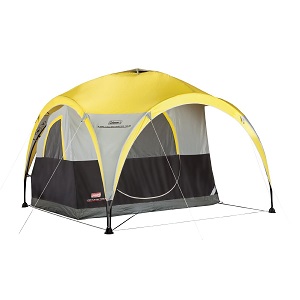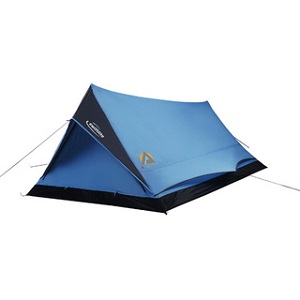Photography is a beautiful art form, and also a wonderful hobby. A variety of techniques can be employed to improve your photographic efforts.
Get as close to your subject as you can. Taking a picture from close avoids any potential distractions in the background. It lets you focus on any facial expressions, and that can be a very critical element to portrait photography. If your subject is positioned too far away, it becomes more difficult to capture the minor details.
Try different shutter speeds on the same scene to see which one gives the best results. Photography can help you get that split-second moment or to blur those large time periods. The quicker the subject of your photo is moving, the faster your shutter speed needs to be and vice versa.
A dSLR is an essential tool for you. SLR is short for “single lens camera.” This type of camera allows you to see exactly what the camera sees as you take your shot. Digital SLRs, or DSLRs, also allow you to see the finished photo immediately so that you can determine whether the photograph was successful. It’s best to have a full-frame digital single-lens reflex (DSLR) camera because these have the largest image sensor, and deliver photos with the greatest amount of detail.
A lot of people think that days that have lots of sunlight are ideal for taking pictures. In fact, bright sunlight can ruin most pictures. It can cast awkward shadows, glare, uneven highlights, and cause your subject to squint when looking at your camera. Outdoor shooting is always done best in early mornings or later evenings.
Keep your camera handy when you are on a trip. Use it often. While they may not seem that important at the time, when you get home and start to reflect on your trip, having these smaller memories will be great. Consider photographing things like signs on the street, odd storefronts, tickets to a museum or the food sold by street vendors.
External Flash Option
The built-in flash on a digital camera is usually set to activate automatically when it senses dim light. The convenience of this feature can be great for quick candid shots; however, if your goal is more professional shots, weigh options for the purchase of an external flash option. This will allow greater diversity in your lighting needs. Make sure that your camera contains a “hot shoe” that accommodates an external flash. Make a trip to a camera store to make sure you get the right flash for your camera.
Whenever you are taking photographs of landscapes, your pictures should always have three key aspects. They are a foreground, a mid ground, and a background. These elements are a fundamental concept of photography, as well as many other art forms.
Have you ever had to take pictures of subjects that had been in the rain? Create the effect yourself by carrying along your own spray bottle and gently misting some “rain” on the subject that you need to photograph.
If you are taking photos of people, like families, couples or a group, be sure to give them some advice about what to wear before picture day. It is not necessary to match colors, but colors that are complementary will produce more pleasing results. Suggest clothing in neutral colors or warm shades because they will blend best with natural backgrounds or settings. To avoid a garish display, bright colors should be balanced with black or other neutrals whenever possible.
While you might think using a lower setting on your camera is a good thing because you can store more photos, you must consider the resulting quality. If you intend to print the photographs, you will lose a good deal of quality by doing this. Only use these lower quality settings on your camera if you are sure that these images will only be viewed on a screen.
Try altering the camera’s focus to achieve some noteworthy effects. If you wish to have the main focus on the subject or object without having the background overtake it, then think about using a smaller f-stop number, otherwise known as a depth of field technique. This strategy is especially good for portraits where the person is standing near the camera. Everything in the shot will be clear if you increase your f-stop number, giving you a depth of field that is greater. This works great for landscape shots.
It’s possible to go from photo hobbyist to photographer artist. Incorporating some of the hints and tips outlined previously is a great way to start sharpening your photography skills. Remember that practice breeds perfection, and begin utilizing these tips.
Additional Selections of 2 Person to 4 Person Tents


